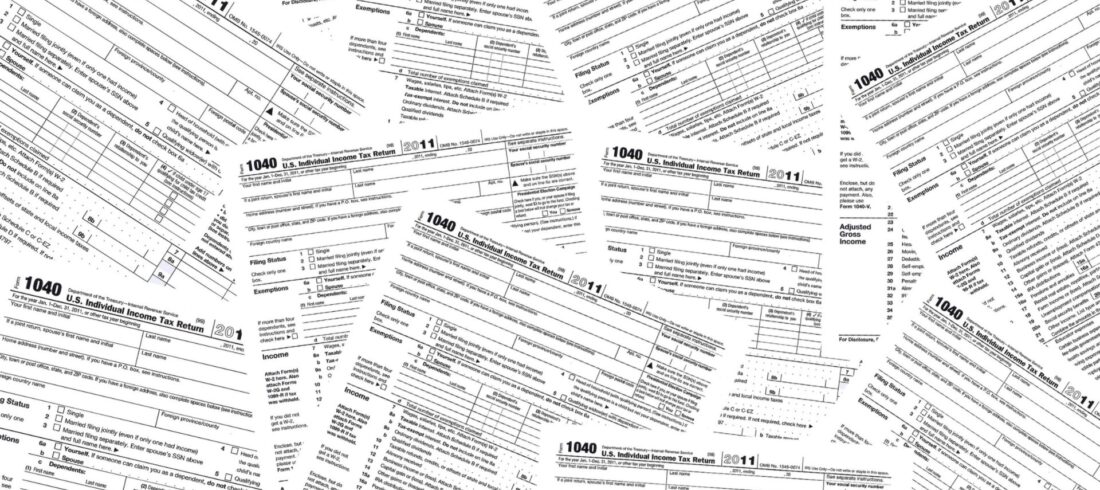Bob owns 10% of Pawbear, an S Corporation that does commercial landscaping design and installation. He started the business in January, 2006, along with 5 other shareholders, including a married couple, Mr. and Mrs. Indelible. The Indelibles own a controlling interest in the corporation and take care of all the administrative duties, including the accounting and tax planning and compliance.
Pawbear made a profit for the last quarter of 2006, but it has a loss for the year as a whole. Bob is looking forward to writing off the loss against the salary income he received from the corporation.
Sitting across the table from me in my office at the end of 2006, Bob is not at all happy as I tell him the bad news: he can only write off losses from the S Corporation if he has a basis in the corporation – in other words an investment in the company in the form of cash or other assets (unfortunately, sweat equity does not add to basis).
“But I put in more than $10,000 cash when we first started out. That should count as my basis, shouldn’t it?”
“It should, yes. But it looks like you had distributions of $11,200 during the year. See here?” I point to the equity section of the corporation’s balance sheet. “Those distributions have dropped your basis back down to zero.” I flip to the detailed general ledger. “What were these checks for, Bob?”
“This one in March is for when we had to get the truck repaired, and I picked it up at the shop and gave them one of my personal checks. The corporation reimbursed me … and let’s see … this one was for a new string edger I picked up, and these smaller ones were for things like gas, water for the crew, that sort of thing …”
“Ah! These should have been booked as reimbursements, not distributions of capital. If all of these checks were reimbursements for out-of-pocket corporate expenses, and not distributions of capital, you’ll have plenty of basis to support your share of the loss. In addition to leaving you with your basis intact, correctly recording these checks will increase the corporation’s taxable loss.”
I told Bob that what he needed to do was to point out the mistake to the Indelibles and ask them to make sure the problem was corrected when the 2006 tax return was prepared. Unfortunately, it isn’t always that easy. What if the Indelibles refuse to make the changes? What if Bob had not discovered the problem until after the Pawbear’s tax return had been completed and filed and the Indelibles did not want to amend the corporate return?
Bob can report the correct amounts on his individual income tax return and use Form 8082, Notice of Inconsistent Treatment or Administrative Adjustment Request to explain why the numbers on his return are inconsistent with the numbers shown on the
K-1 he got from Pawbear. Form 8082 can be downloaded from the IRS website: http://www.chitwoodpremier.com/irs/GeneralBusinessForms/8082.pdf.













